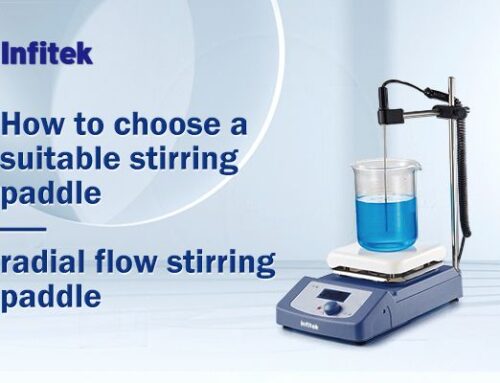In the realm of scientific research, the quality of water used can profoundly impact experimental outcomes. For laboratories, investing in a reliable water purification system is paramount. With various options available, selecting the right laboratory water purification system requires careful consideration and understanding of specific laboratory needs. Here are key factors to consider when choosing a laboratory water purification system:
Water Quality Requirements: Understand the purity level needed for your experiments. Different applications may require distinct water qualities, ranging from general laboratory use to sensitive molecular biology experiments. Determine whether you need Type 1, Type 2, or Type 3 water according to recognized standards such as ASTM or ISO.
Water Production Rate: Evaluate the water consumption rate of your laboratory. Choose a system capable of meeting your daily water demands without causing bottlenecks in research operations. Consider factors such as the number of users and the frequency of water usage.
Technology and Filtration Methods: Assess the filtration technologies employed by the water purification system. Common methods include reverse osmosis (RO), deionization (DI), and ultraviolet (UV) sterilization. Each technology addresses specific impurities and contaminants. Ensure the system’s filtration capabilities align with your water quality requirements.
System Maintenance and Monitoring: Consider the ease of maintenance and monitoring of the purification system. Opt for systems equipped with user-friendly interfaces and automated alerts for filter replacement and system maintenance. Regular maintenance is crucial to sustaining water quality and system longevity.
Space and Installation Requirements: Evaluate the available space in your laboratory for installing the purification system. Consider factors such as system footprint, accessibility for maintenance, and compatibility with existing laboratory infrastructure. Choose a system that seamlessly integrates into your laboratory space.
Brand Reputation and Support: Research the reputation of the manufacturer or brand offering the water purification system. Choose reputable brands known for producing reliable and high-quality systems. Additionally, consider the availability of technical support, warranty coverage, and after-sales service.
Water Storage and Dispensing Options: Determine the preferred method of water storage and dispensing in your laboratory. Some systems offer integrated storage tanks and dispensing solutions, while others may require separate storage vessels or distribution systems. Select a configuration that best suits your workflow and space constraints.
Budget and Total Cost of Ownership: Establish a budget for purchasing and maintaining the water purification system. Consider not only the initial purchase price but also ongoing expenses such as consumables, maintenance, and repairs. Strive to strike a balance between upfront costs and long-term operational efficiency.
In conclusion, selecting the right laboratory water purification system involves careful evaluation of water quality requirements, system capabilities, maintenance considerations, and budget constraints. By understanding your laboratory’s specific needs and conducting thorough research, you can invest in a water purification system that enhances experimental reproducibility and scientific integrity.




Get Social